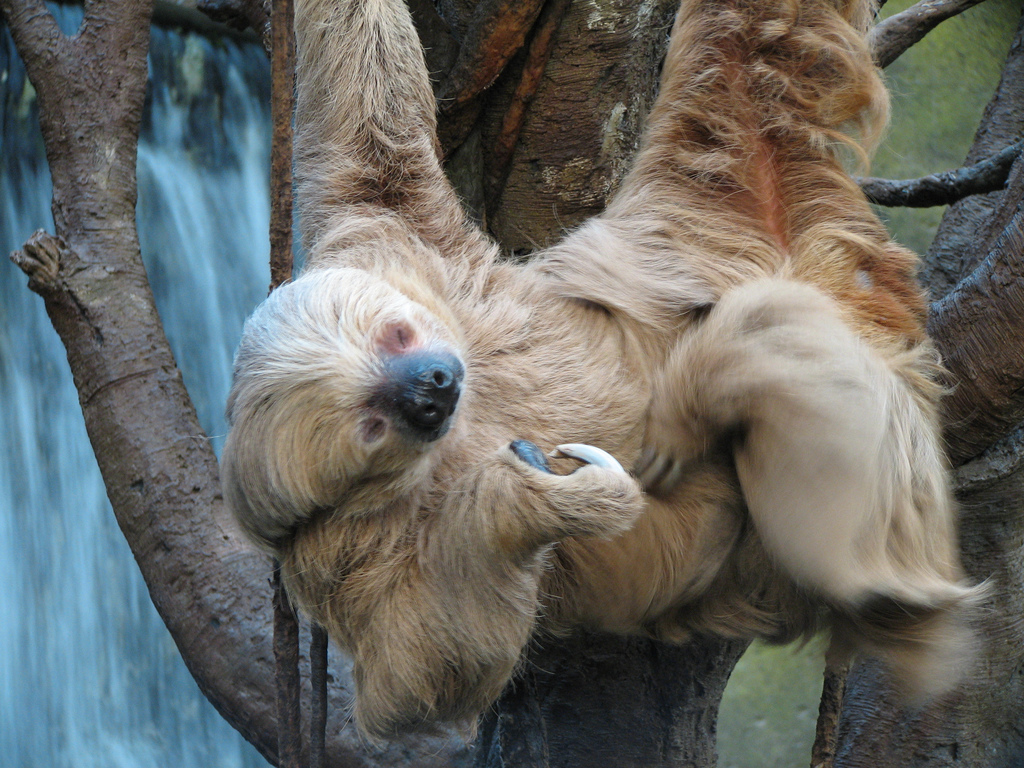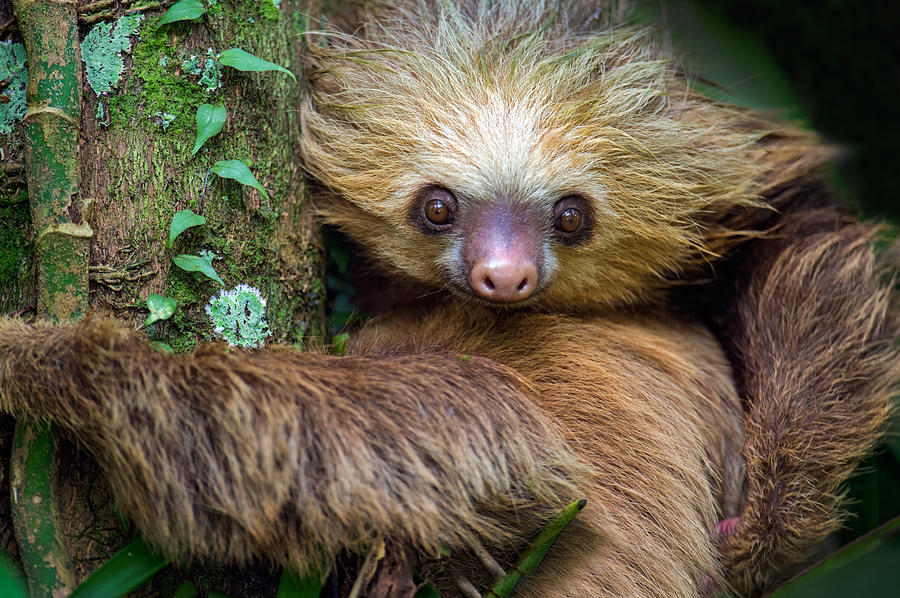


‘So if they converged in similar ways by using the same metabolic pathways, or even the same genes and the same proteins, then we can start correlating this with the function these convey.’

‘That is going to be the final step to actually understand the convergence itself as we can see how the sloths are different from each other,’ said Dr Mazzoni. When complete, their work will form part of the wider Vertebrate Genomes Project, which is aiming to compile reference genomes for all 66,000 living vertebrate species on Earth.Īrmed with the genomes of the two sloth types, the scientists will work with other researchers studying the genomes of extinct sloth species to begin looking for genes that played a role in helping the animals adapt to life in the trees. The pair hope to next begin sequencing the genomes of three-toed sloths, known by the scientific name Bradypus, derived from the Greek words for slow foot. They are currently compiling the huge amounts of genetic data they have obtained and will soon start focusing on some of the more interesting genes to find out what their function is. ‘We are creating a high-quality reference that we can then compare to the genomes of other sloths and mammals,’ said Dr Uliano da Silva. Over the past year they have been using advanced DNA sequencing techniques to piece together the genome of the Linnaeus’s two-toed sloth, which has the scientific name Choloepus didactylus. Over time those two types of sloths evolved into six species – two species with two toes and four with three toes.ĭr Uliano da Silva and her colleague Dr Camila Mazzoni are hoping to solve the mystery of how these two sloth types came to share similar traits with a project called CONVGENOMS. The three-toed sloth was the first to adopt an arboreal lifestyle before the ancestors of the two-toed did the same millions of years later. Modern sloths, however, are an example of where evolution has gone in the opposite direction by separately adapting to have very similar lives in the trees. In most cases, evolution tends to follow a classic route where species diversify from a common ancestor to adapt to different habitats and challenges. They are thought to have last shared a common ground-dwelling ancestor about 30 million years ago, which is around the same time that humans split from baboons on the evolutionary tree. These physical differences are signs that two-toed and three-toed sloths found their own ways to adapt to a lifestyle in the trees. ‘(But) they have different numbers of toes on their forelimbs and the way the muscles connect from the body to the bones in the arms is also different,’ she said. ‘When you look at them hanging in the trees, the two look very similar,’ said Dr Marcela Uliano da Silva, a computational biologist at the Leibniz Institute for Zoo and Wildlife Research in Berlin, Germany. They are an example of what is known in biology as convergent evolution – a process where species develop similar adaptations to a habitat through different evolutionary routes. Modern sloths, however, are thought to have avoided the extinctions that wiped out their larger relatives because they ascended into the trees.īut what makes their survival more extraordinary is that the two types of modern sloths – the two-toed and the three-toed sloths – are thought to have adapted to life in the trees entirely independently of each other. Many of their extinct cousins were giants – some larger than elephants – that spent most of their time on the ground before they died out 10,000 years ago at the end of the last ice age. Yet the sloths that creep through the rainforest canopies of Central and South America are the last remaining members of a group of animals that has roamed the Earth for at least 30 million years and once boasted hundreds of species. Hanging lazily from tree branches where they barely move for hours on end, sloths hardly seem like born survivors.


 0 kommentar(er)
0 kommentar(er)
